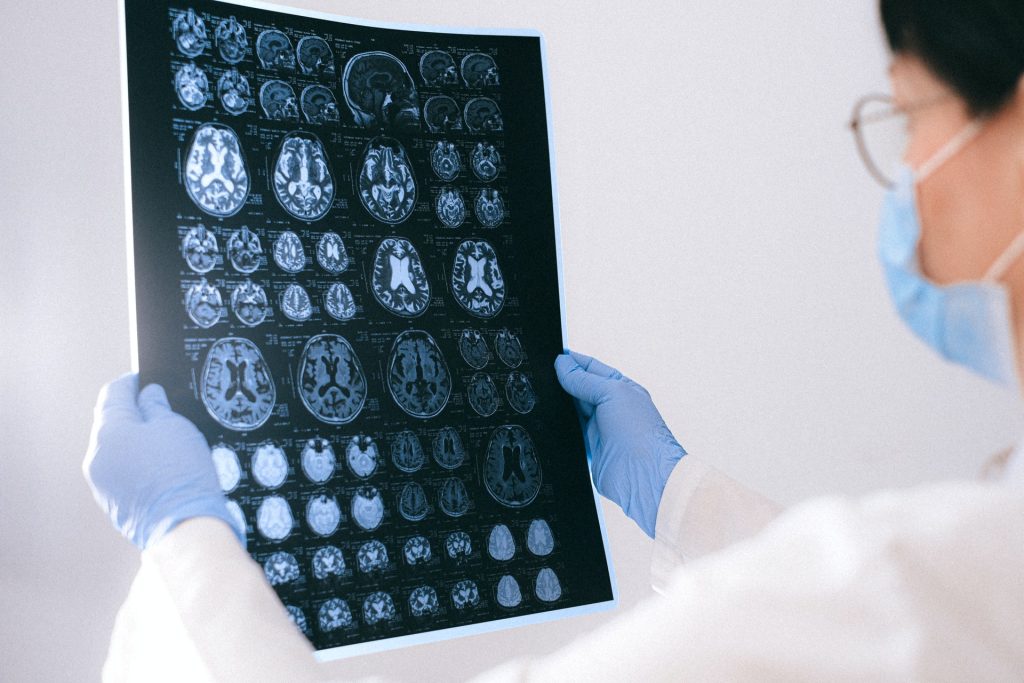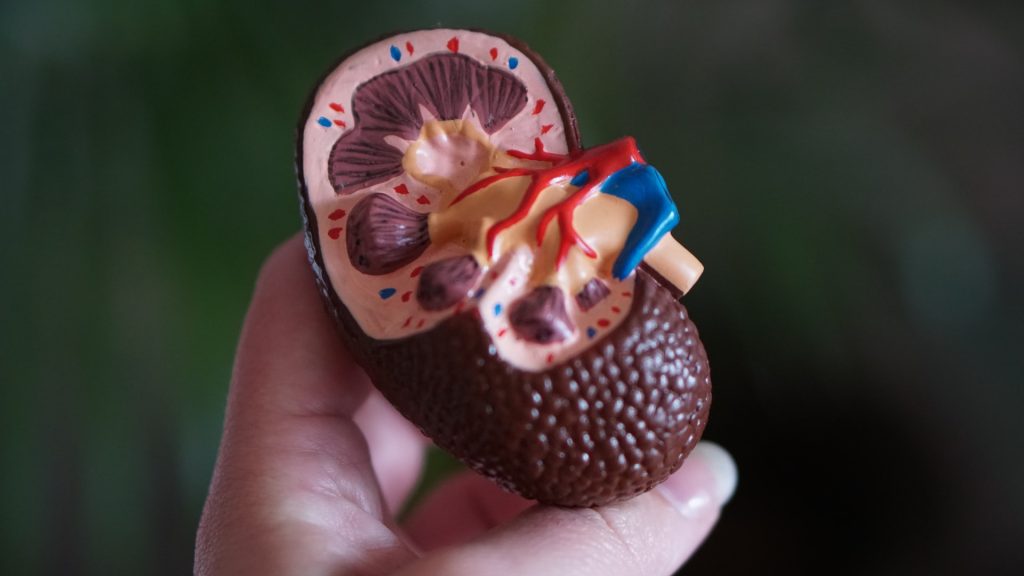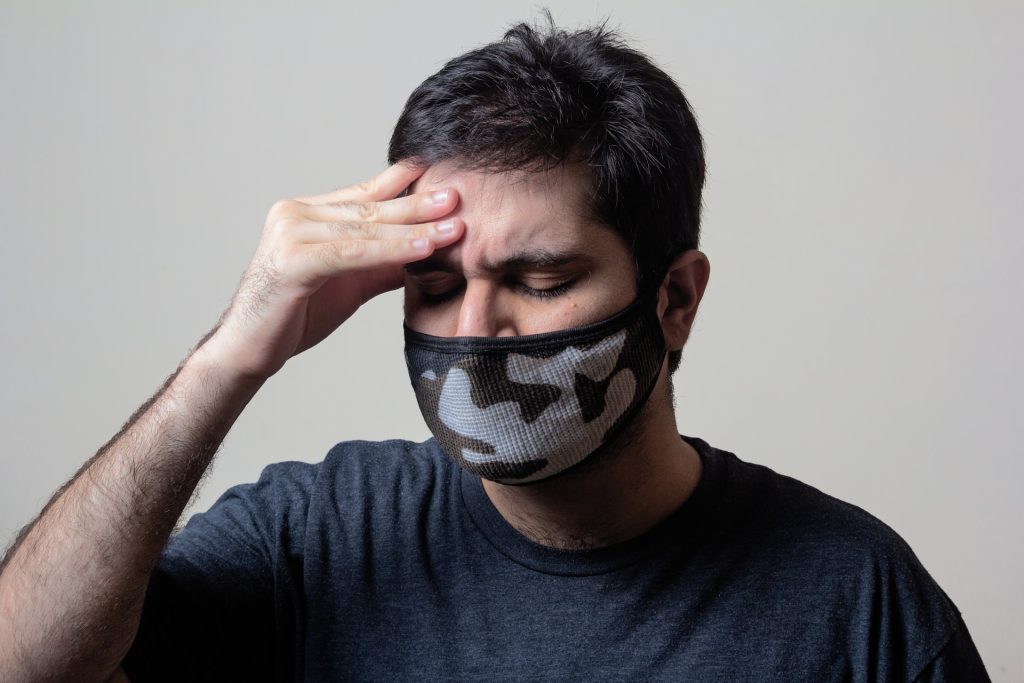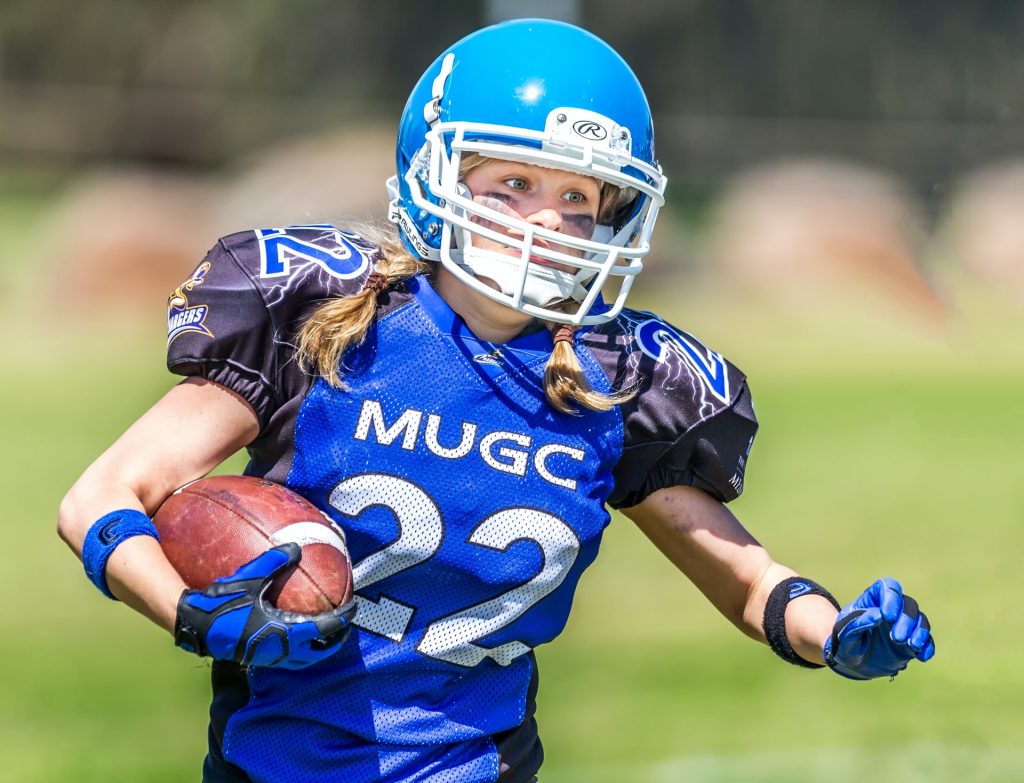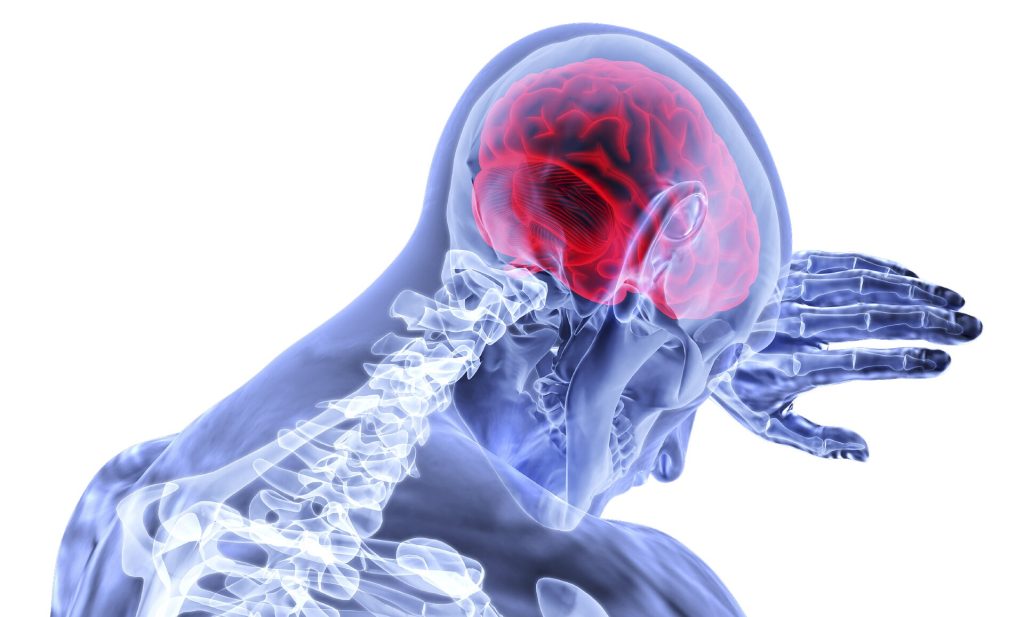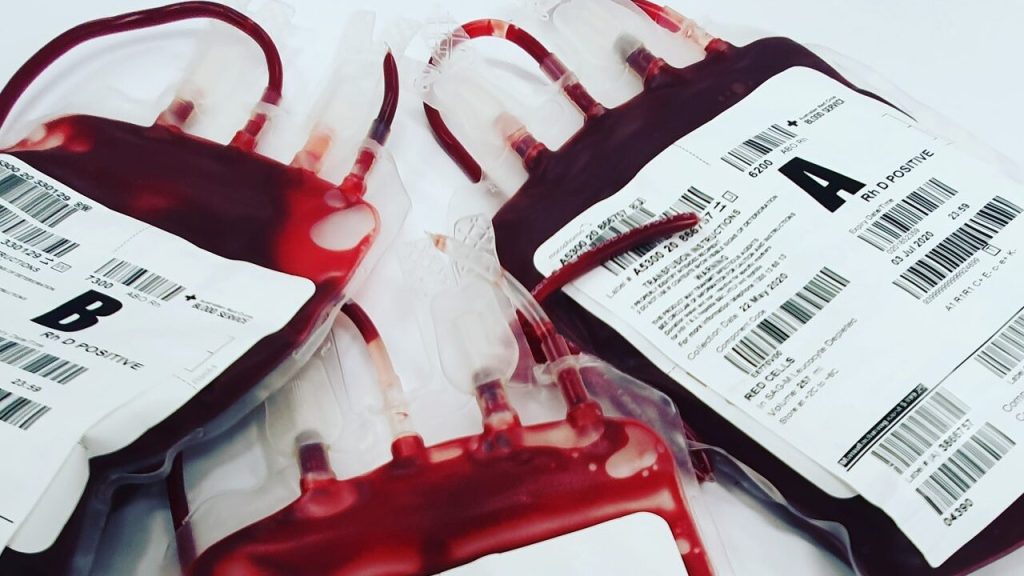Legal Review – Subrogation: Medical Schemes Act on Motor Vehicle Accidents Payments

John Letsoalo – Senior Manager; Legal Services
Mpho Sehloho – Senior Analyst – Benefits Management
In the ensuing court battle between Discovery Health and the Road Accident Fund (RAF) over reimbursements to be paid on motor vehicle claims, medical schemes members had always sought clarity or a position from the Council for Medical Schemes regarding this. In normative terms, the CMS is not obliged to release commentary on matters remote to its mandate, however, as a responsible regulator, it became a necessary act to clear any anomality.
Medical scheme members usually do not always have the full understating of the arrangements between RAF and medical schemes. At best, members sometimes have difficulty engaging with their scheme’s rules or RAF due to language barrier or be it of a technical nature of the matter.
In terms of the Medical Schemes Act 131 of 1998 (the “MSA”), Medical Schemes undertake liability in return for a contribution by among others granting assistance in defraying expenditure incurred in connection with the rendering of any relevant health services.
MSA further obliges medical schemes to pay for Prescribed Minimum Benefits (PMB), which include any emergency medical condition, under which motor vehicle claims could fall, in full. Unless a claim is specifically excluded in terms of the schemes’ rules and/or does not meet the criteria in terms of the definition of relevant healthcare, the medical scheme must still pay.
Most medical schemes provide for the handling of motor vehicle claims in their rules, wherein members of medical aid can claim compensation from the Road Accident Fund (the “RAF”) for such claims and any future healthcare services which may arise due to such motor vehicle accident.
It is also common cause that where RAF is responsible for claims, which a medical scheme has paid in terms of its rules and the MSA, that the RAF should refund to such medical scheme the amounts paid. Members of medical schemes who would have claimed directly from the RAF and received compensation for such claims, must also pay such amounts back to the medical scheme. This is commonly known as subrogation.
Should a member not receive any compensation from the RAF even after claiming, the scheme remains liable for the costs of the treatment subject to the registered scheme rules and must not be required to repay/refund such funds to the scheme.
The scheme may, however, attempt to recover such amounts paid from the RAF for the benefit of its members.
Subrogation allows medical schemes to minimise losses as a result of these claims and keep members’ contributions reasonable, by holding responsible parties accountable. It also prevents members from being “overcompensated” or unjustifiably enriched for the loss since they should not receive double compensation from both the medical scheme claim payout and the recovery from the RAF.
It must be emphasized that the financial risk associated with health interventions for which the need is uncertain is equitably shared within the covered population through a risk pool managed by medical schemes under the Medical Schemes Act. Therefore, CMS cannot condone a situation where members of medical schemes are forced to be out of pocket due to the non-payment of medical costs by RAF where these have since been paid out by medical schemes.
In line with our mandate under Section 7 of the Medical Schemes Act, it is not in the members interest if medical schemes are required to claw back payment made on behalf of members due to non-payment of these costs by RAF.
Moreover, the non-recovery of these costs by medical schemes negatively and unfairly withdraws from the entire risk pool that is aimed at benefitting the whole membership.
The World Health Organization (WHO) defines pooling as “…accumulation and management of revenues in such a way as to ensure that the risk of having to pay for healthcare is borne by all members within the pool, not by each contributor individually…” (WHO, 2000).
By implication, the refusal to refund medical schemes by RAF leads to the unfair deterioration of the entire risk pool funds.
Within this background, CMS believes that the refusal to refund medical schemes by RAF is not in line with the provisions of the Medical Schemes Act and it is not in the interest of beneficiaries of medical schemes.
DISCLAIMER: COUNCIL FOR MEDICAL SCHEMES. 2023
This document has been prepared by the author(s) from the Council for Medical Schemes Legal Services Unit and Benefits Management Unit. The views and information expressed in this article are for information purposes only. CMS cannot be held liable for any incorrectness of statements and statistical errors. Recommendations and conclusions are based on the author(s) research outcomes/findings and does not necessarily espouse or state as a CMS policy stance. The information is subject to change without notice. Companies and individuals wishing to use the information must reference the CMS in company reports, news reports, interviews, panel discussions etc.

